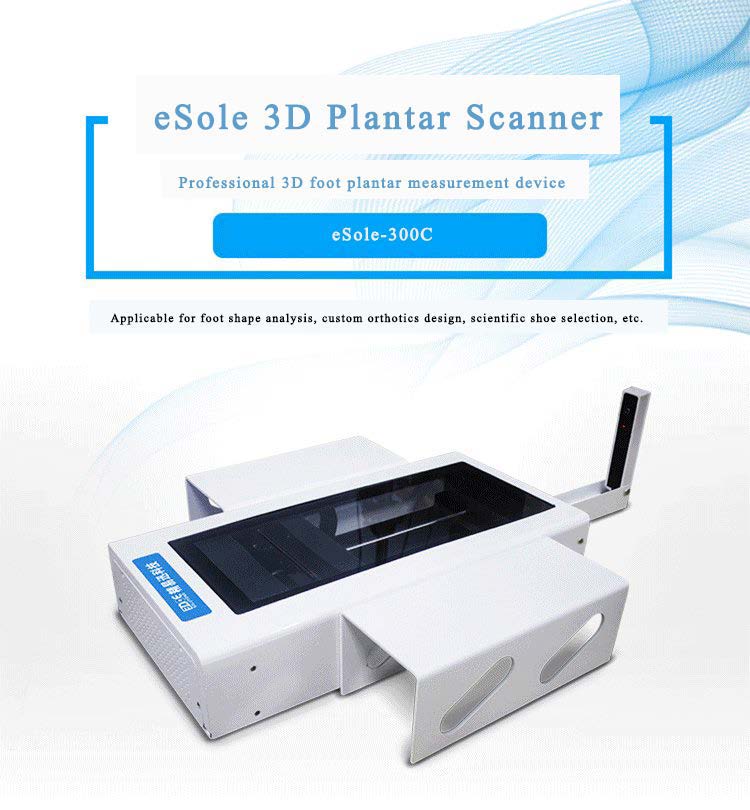In the Pursuit of Health and Comfort, Every Detail of Our Body Matters
In this era where health and comfort are paramount, we are paying increasing attention to every detail of our bodies—especially to the “unsung heroes” that bear our entire weight daily: our feet.
Have you ever been troubled by foot pain after walking for extended periods or felt discomfort during physical activity? These issues may be closely related to the shape of your foot arches.
Today, let’s delve into the fascinating world of foot scanners and see how they scientifically analyze flat feet and high arches, safeguard your foot health, and create the most suitable correction plans!
1. Flat Feet and High Arches: Hidden Challenges Beneath Your Feet
Imagine your feet as the tires of a car, with the foot arch functioning as the crucial component that supports the body and ensures stability.
Flat feet, as the name suggests, occur when the arches are overly low, almost touching the ground. This foot type lacks adequate support when walking or standing, often resulting in fatigue, pain, and even issues with the knees, hips, and spine.
In contrast, high arches refer to overly elevated arches that limit the foot’s contact with the ground. This leads to ineffective shock absorption during walking, causing a range of problems such as plantar fasciitis or ankle sprains.

2. Foot Scanners: Empowered by Technology for Precise Measurements
Traditional methods for diagnosing foot issues often rely on a doctor’s observation and judgment, which can be subjective. Foot scanners, however, provide a more scientific and objective solution.
Equipped with high-precision sensors, foot scanners comprehensively analyze the feet by scanning their structure. They accurately measure arch height and shape, foot pressure distribution, and gait characteristics.
This quick and painless process captures a detailed “X-ray-like” image of your feet, offering a clear understanding of their condition.
3. Personalized Correction Plans: Tailored Solutions for Maximum Comfort
With precise data from a foot scanner, the next step is creating a customized correction plan tailored to each individual.
For those with flat feet, custom insoles or orthotic devices may be recommended. These provide extra support for the arches, helping restore their natural shape and reducing the strain of walking.
For individuals with high arches, specialized footwear or orthotic insoles that increase foot contact area and balance pressure can help alleviate discomfort.
What’s more, these correction plans are not static. With periodic scans, foot scanners track progress and adjust treatment plans as needed, ensuring every step you take is on the right path.
4. Lifestyle Tips: Everyday Care for Your Feet
In addition to professional correction, certain daily habits can improve arch health.
Choose the right footwear:Opt for supportive athletic shoes and avoid prolonged use of high heels or completely flat shoes.
Massage your feet regularly:This promotes blood circulation and relieves tension.
Strengthen foot muscles: Exercises like walking on tiptoes or picking up objects with your toes can enhance arch stability.
A Step Towards Better Health and a Brighter Future
In our fast-paced lives, our feet silently endure immense pressure. But with the help of foot scanners, we can better understand and care for our feet scientifically.
By identifying the right correction methods, we can make every step more stable and powerful. Remember, caring for your feet is an investment in your overall health and future.
